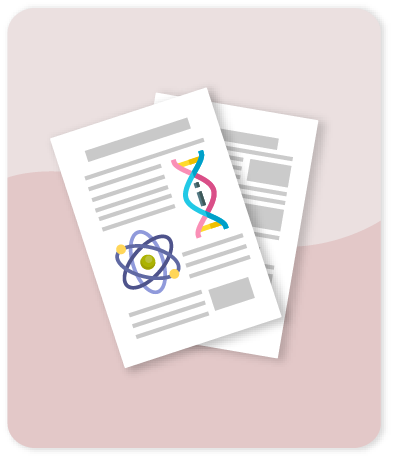Fractional Diffusion Modulates Distribution of Action Potential Duration in Fibrotic Atrial Strands

Compartir este ítem
Autor
Ugarte J.P.
Tobon C.
Palacio L.C.
Andrade-Caicedo H.
Saiz J.
Citación
Metadatos
Mostrar el registro completo del ítemResumen
Background: Fibroblast proliferation, as a component of the fibrotic process, plays a role in structural remodeling, but also can alter the electrophysiology of the cardiomyocytes. Aim: To study the action potential duration dispersion (dAPD) in fibrotic atrial strands, where fibroblasts exerts both, structural and electrical influence on the propagation, using a fractional diffusion model. Methods: The Courtemanche model of human atrial cell is implemented under chronic atrial fibrillation (AF) remodeling conditions. The atrial strands are designed as 1D domains, having a fibrotic portion localized in the middle. Fibrosis is modeled taking into account an electrical component, implemented by coupling a number of fibroblasts to a single cardiomyocyte, and a structural component, implemented through a q-order fractional derivative. Results: The variations of q define two dAPD dispersion regimes. For q < 1.4, the fibrosis density and the number of fibroblast per cardiomyocyte do not alter the dAPD. For q ? 1.4, the dAPD depends on the fibrosis spatial characteristics. Conclusion: This study shows that the structural component of fibrosis, modeled using fractional diffusion, modulates the spatial dAPD in a domain including electrical coupling of cardiomyocytes and fibroblasts, under chronic AF conditions. © 2018 Creative Commons Attribution.
Colecciones
- Indexados Scopus [1632]
